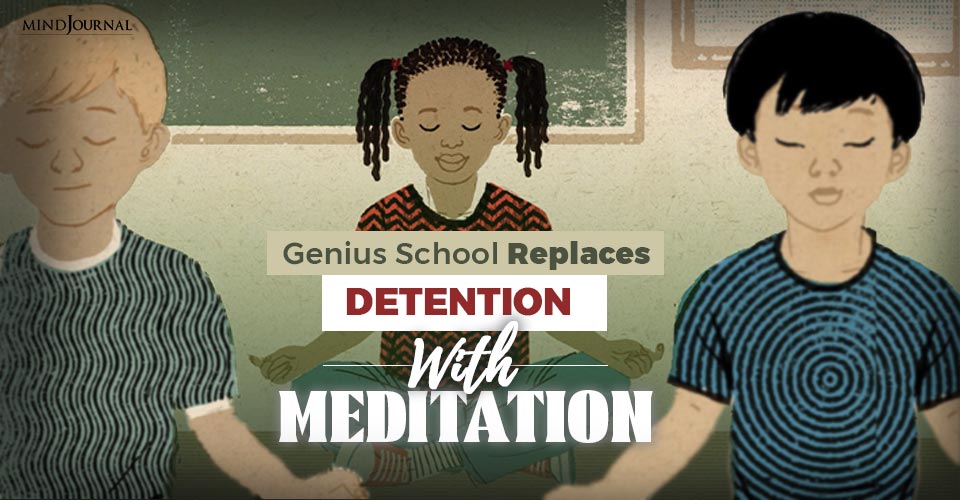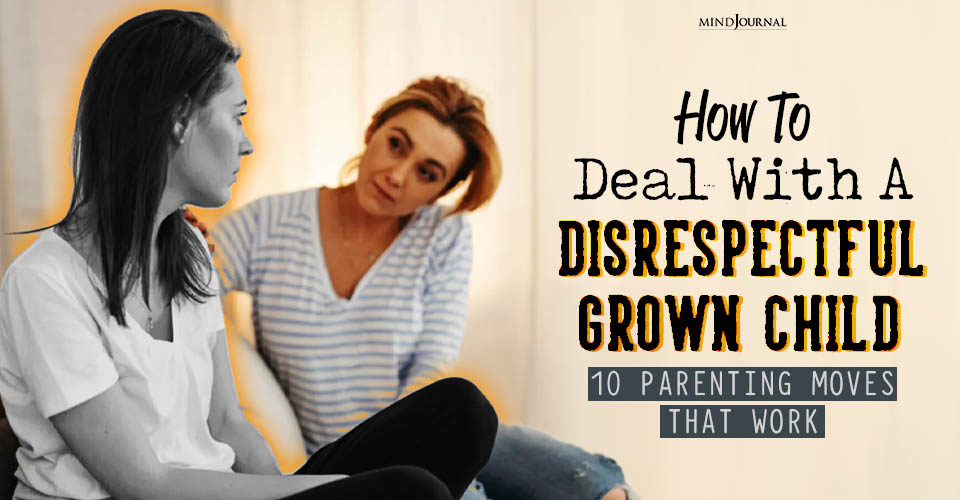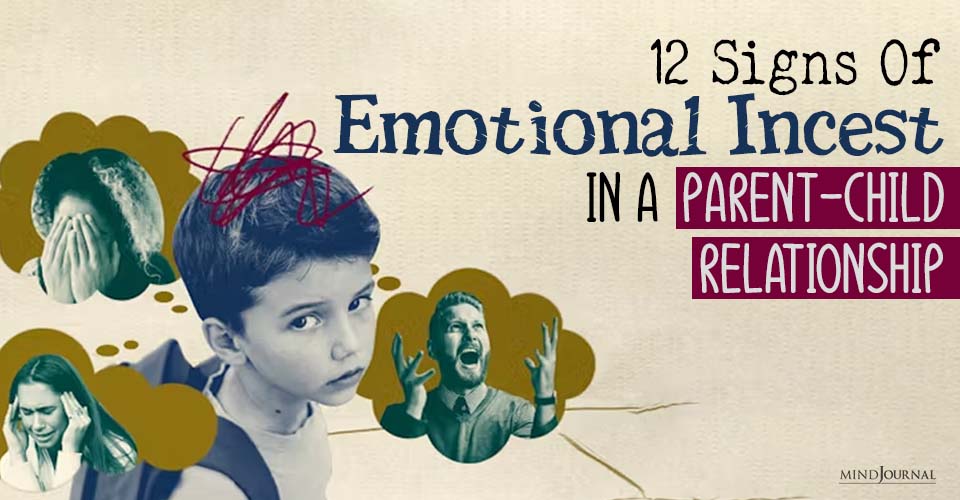What could be a brilliant way to prevent kids from breaking rules in the class? A school replaces detention with meditation and has achieved impressive results.
Picture this. You’re teaching at a school and you have one student who is always misbehaving. What’s your solution?
Most schools would just send the child, who is acting up, straight to detention or suspend them for a few days. It wouldn’t even cross our minds to teach a student, who is dealing with frustration, stress, and rage, to practice meditation. The very idea doesn’t sound feasible.
But then, even detention doesn’t sound like a great idea. We all have a rather negative view of it anyway.
Sitting in a boring room, making sneaky attempts at conversation with other students and not actually even trying to learn anything – this is detention in almost every school.
While the practice may have started to allow students to reflect on what they’ve done to deserve it, it doesn’t actually work that way. Those on the receiving end just become more resentful and rebellious.
Related: What is Mindfulness?
However, a school in Baltimore, Maryland – The Robert W. Coleman Elementary School has replaced detention with meditation. It has implemented this practice and it has worked out better than they thought it would.
Ever since they started making students meditate, the school has not had to punish even one student with suspension.
What is more, this unique school policy that teaches children to meditate rather than sticking them in detention might be helping kids to be more successful. Students no longer have to be sent out of the class or to the principal’s room or the detention room. Now they are sent to a ‘Mindful Moment Room’. Unlike the staid, old detention room, the ‘Mindful Moment Room’ has been designed to offer a calm and peaceful setting.
Lamps are laid out everywhere, soothing designs cover the walls, and students are given comfortable cushions to sit on. Whoever is acting up is requested to go to the room and is guided through breathing and meditation techniques which are soothing and helpful in calming them down.
These techniques also help them feel more grounded. They are even encouraged to discuss their experience in the room as well as the actions that led them there.
Interestingly enough, meditation and other forms of practicing mindfulness have been put to good use across various cultures over millennia.
In recent times, even the scientific community has become intrigued by the concept and many have started researching the impact of meditation on us, both physically and mentally. All this research has come up with quite a few interesting results.
Related: 6 Benefits of Meditation you probably never heard about
For instance, one study which worked on soldiers by teaching them mindfulness and meditation found that when they meditated regularly, they were calmer and better able to deal with volatile emotions.
Even their memories were improved. Another study proved that mindful meditation helped increase the amount of time for which a person could concentrate and improve their focus in general.

While studies on people should be viewed with some skepticism as the results aren’t uniform for everyone, on the whole, an intriguing scientific view of the various benefits of meditation has emerged. Even in the field of psychotherapy, mindful meditation has proved to have its uses.
In the Robert W. Coleman Elementary School, the Mindful Moment Room was constructed in collaboration with a Baltimore charity called the Holistic Life Foundation. Both the school and the charity agree that the room has been vastly beneficial to the students.

According to Kirk Philips who coordinates the activities of Holistic Me and the school, it is wonderful how even small children are able to sit quietly and meditate.
It is the last thing you’d expect from children who are so young. Even at their annual Christmas party, the kids had to meditate before they were given their gifts and no complaints were heard!
Philips acknowledged that it must have been difficult for the children to sit still and enter a state of meditation when they were excited to get a bunch of presents but the beauty of the moment was that they managed to do.
The volunteers were incredibly touched and they were all smiles as they looked around the room.
Moreover, the children aren’t limiting themselves by just practicing mindfulness in school. Holistic Life Foundation has even received reports from parents who have been taught mindful meditation and breathing techniques from their children when they come back stressed out after a long day at work.
Related: 13 Best Videos On Mindfulness for Kids
Besides meditation, the school also works with the foundation to get mentoring and tutoring for the students.
They are also taught classes on the conservation of the planet. Different activities like gardening, cleaning drives and field trips to farms are conducted. The students are even allowed to teach as they can take their own yoga classes for each other.
Interestingly, this amazing program isn’t just confined to this one school. Many other institutions have recognized the importance of holistic education and have implemented similar programs that are seeing wonderful results.
For instance, in the United Kingdom, a project called the ‘Mindfulness in Schools’ Project is teaching grown-ups to conduct these programs on their own. Another non-profit organization called ‘Mindful Schools’ has started implementing programs like this across the USA.

With these programs, schools have started noticing visible changes in the students. At Robert W. Coleman Elementary, Philips observed that they haven’t had to suspend a single child so far since the program started. In Patterson Park High School which is close by, similar programs have been put in place and they too have seen a drop in the number of students suspended. Attendance rates have actually gone up.
We can’t be sure that all of these changes are happening solely because of mindful meditation but it is obvious that it does have a huge impact. After all, the numbers do speak for themselves.
References:
Limbu, A., 2019. Making Meditation Compulsory in Education Systems. Childhood Education, 95(4), pp.63-66. Tarantino, H., 2017. Mindfulness in the classroom. Sedlmeier, P., Eberth, J., Schwarz, M., Zimmermann, D., Haarig, F., Jaeger, S. and Kunze, S., 2012. The psychological effects of meditation: a meta-analysis. Psychological bulletin, 138(6), p.1139. Bonadonna, R., 2003. Meditation's impact on chronic illness. Holistic nursing practice, 17(6), pp.309-319.
The Minds Journal Articles Volume -1 is Copyright Protected vide Regd.# L-103222/2021












Leave a Reply